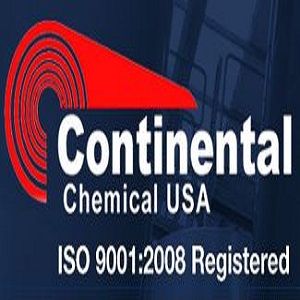How to safely store Hydrochloric Acid
Posted by Continental Chemical USA on July 25th, 2019
Also known as muriatic acid, Hydrochloric acid (HCl) is used in many different applications, including the refinement of ore, the production of metals like tantalum and tin, the production of chlorides, and more. Hydrochloric acid distributors supply HCl to various industries as it is a powerful acid that is often used to neutralize a basic system of several different varieties. Because Hydrochloric acid is toxic and corrosive in nature, it is important that you store it safely. Failing to do that can lead to accidents and property damage- putting life of employees at risk. Your chemical storage solution should meet the NSF/ANSI Standard 61 standards for your specific application. This is a set of standards that relates to the stringent requirements for the control of equipment used in water products and potable water as well as water treatment.
Once you have HCl delivered at your facility by hydrochloric acid distributors, it’s time that you store it well. One of the most effective as well as safe way to store HCl is to use chemical storage tank systems- the ones certified to NSF/ANSI Standard 61. There are a variety of tank systems suited for different industries that you can choose from, depending on where they are stored and what they are used for. Since correct storage methods are extremely important, companies offer various storage tank systems to best meet your needs. Because HCl is highly corrosive, businesses making use of HCl, especially those using the chemical in large quantities are highly recommend specific tank safeguards. In case of a chemical spill, secondary containment can turn out to be critical to prevent damage to equipment or accidents. A chemical storage tank system is a tank within a tank that contains a spill should the primary chemical storage tank is compromised. The tank is designed this intentionally to mitigate the risk of damage caused by chemical spill.
If you want, you can also go for specific tank fittings available for HCl tanks that negate the chemical’s exposure to metals. Metals may corrode and fail over time, so these fittings can prevent metals from getting corroded. They are seamlessly built into the tank’s structure, providing full drainage without chemical exposure to metals.
One thing that companies should always keep in mind is that maintaining a tank can be dangerous if not dealt with caution, especially because of fuming. Nobody should enter the tank as it can be life-threatening. In case, there is a need for repair or replacement, call industry experts to handle any part replacement needed. In addition to that, chemical fume scrubbers should be implemented to handle harmful fumes to ensure that the fumes aren't released into the atmosphere.


